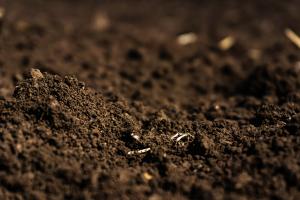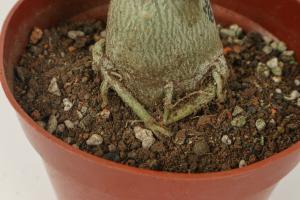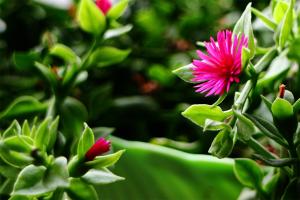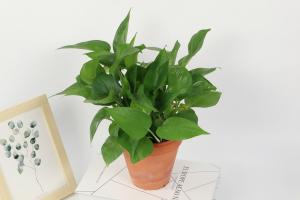Do Snake Plants Prefer Clay or Plastic Pots?
Snake plants, also known as mother-in-law's tongue, are popular indoor plants due to their low maintenance and air-purifying qualities. However, many people wonder whether snake plants prefer clay or plastic pots. In this article, we will explore the pros and cons of each option and determine the best pot for snake plants.
Clay Pots
Clay pots are a traditional option for indoor plants, as they are porous and allow for better air circulation and drainage. Snake plants, which require well-draining soil and cannot tolerate waterlogged roots, may benefit from a clay pot. The porous nature of the clay allows excess water to evaporate, preventing the soil from becoming too wet.
Clay pots also provide a stable environment for snake plants, as they are less likely to tip over than plastic pots. This is especially important for tall and narrow snake plant varieties, which can become top-heavy. Additionally, clay pots can be more aesthetically pleasing than plastic pots, as they come in a variety of colors and styles.
However, clay pots also have some drawbacks. They can be heavy and difficult to move, which may be a concern for those who like to rearrange their indoor plants frequently. They are also more fragile than plastic pots, and are more likely to crack or break if dropped or bumped. Finally, clay pots may become stained or discolored over time, which can detract from their appearance.
Plastic Pots
Plastic pots are a popular choice for indoor plants due to their lightweight and durable nature. Snake plants can thrive in plastic pots, provided that the soil is well-draining and that the pot has drainage holes. The advantage of plastic pots is that they are easy to move around, making it simple to find the perfect spot for your snake plant. They are also less likely to break or crack, and are less expensive than clay pots.
Plastic pots come in a variety of shapes, sizes, and colors, making it easy to find one that matches your decor. They are also easy to clean, as you can simply rinse them with water if they become dirty or stained. Finally, plastic pots are less likely to absorb moisture and harbor bacteria than clay pots, which can be a concern for some indoor plant enthusiasts.
However, plastic pots also have some downsides. They are less aesthetically pleasing than clay pots, and may look cheap or flimsy in certain settings. They can also pose a tipping hazard for tall snake plant varieties, as they are lightweight and can be easily knocked over. Finally, plastic pots do not allow for as much air circulation as clay pots, which may cause the soil to become too wet and lead to root rot.
Conclusion
So, which pot should you choose for your snake plant? Ultimately, the decision comes down to personal preference and the specific needs of your plant. If you prefer a traditional and aesthetically pleasing option, choose a clay pot. If you need a lightweight and durable option that is easy to move around, choose a plastic pot. Regardless of your choice, ensure that your pot has drainage holes and that your snake plant is receiving the correct amount of water and light.

 how many times do yo...
how many times do yo... how many planted tre...
how many planted tre... how many pine trees ...
how many pine trees ... how many pecan trees...
how many pecan trees... how many plants comp...
how many plants comp... how many plants can ...
how many plants can ... how many plants and ...
how many plants and ... how many pepper plan...
how many pepper plan...































